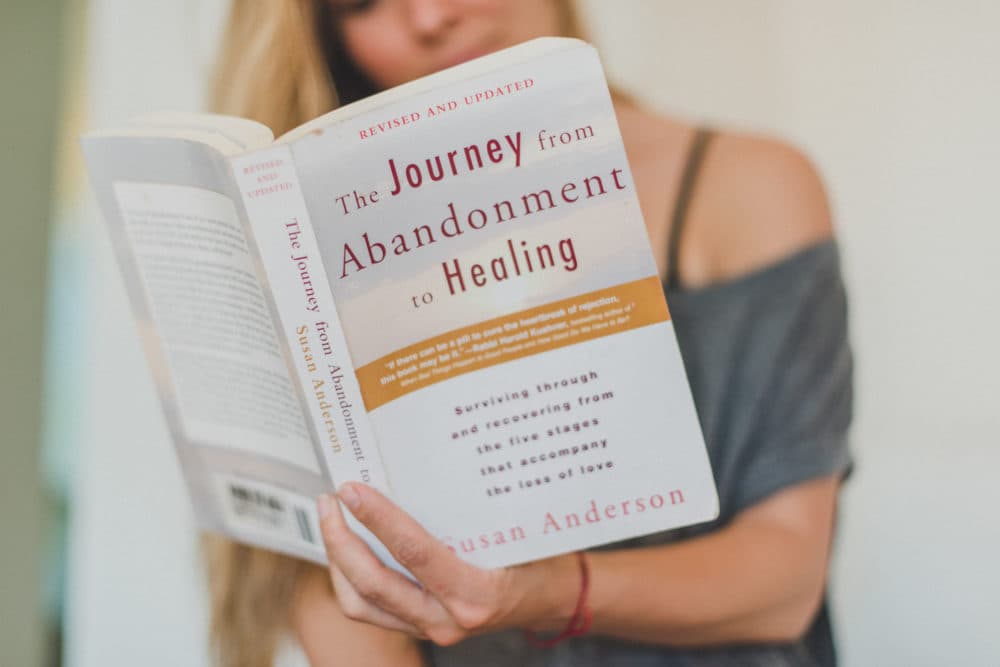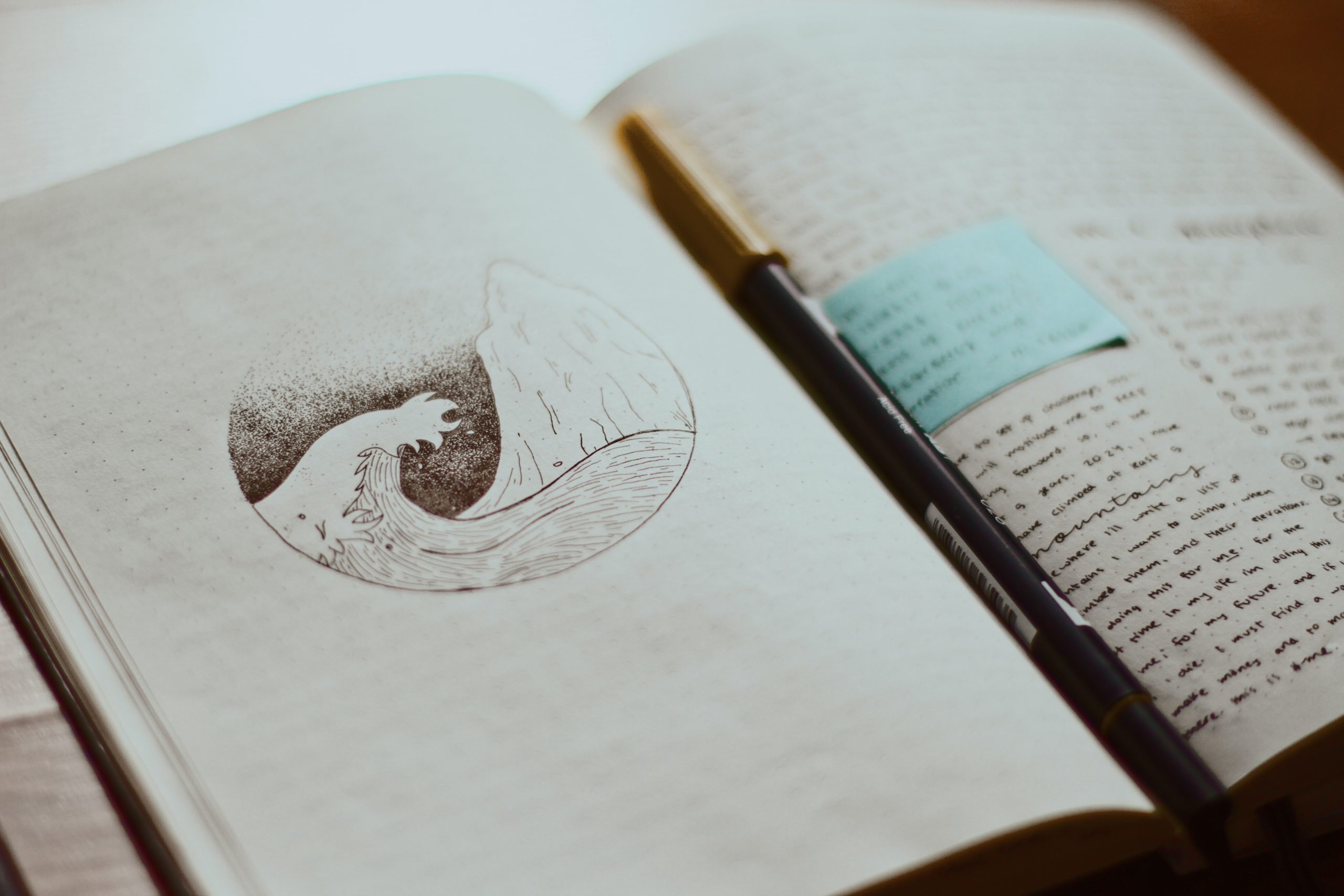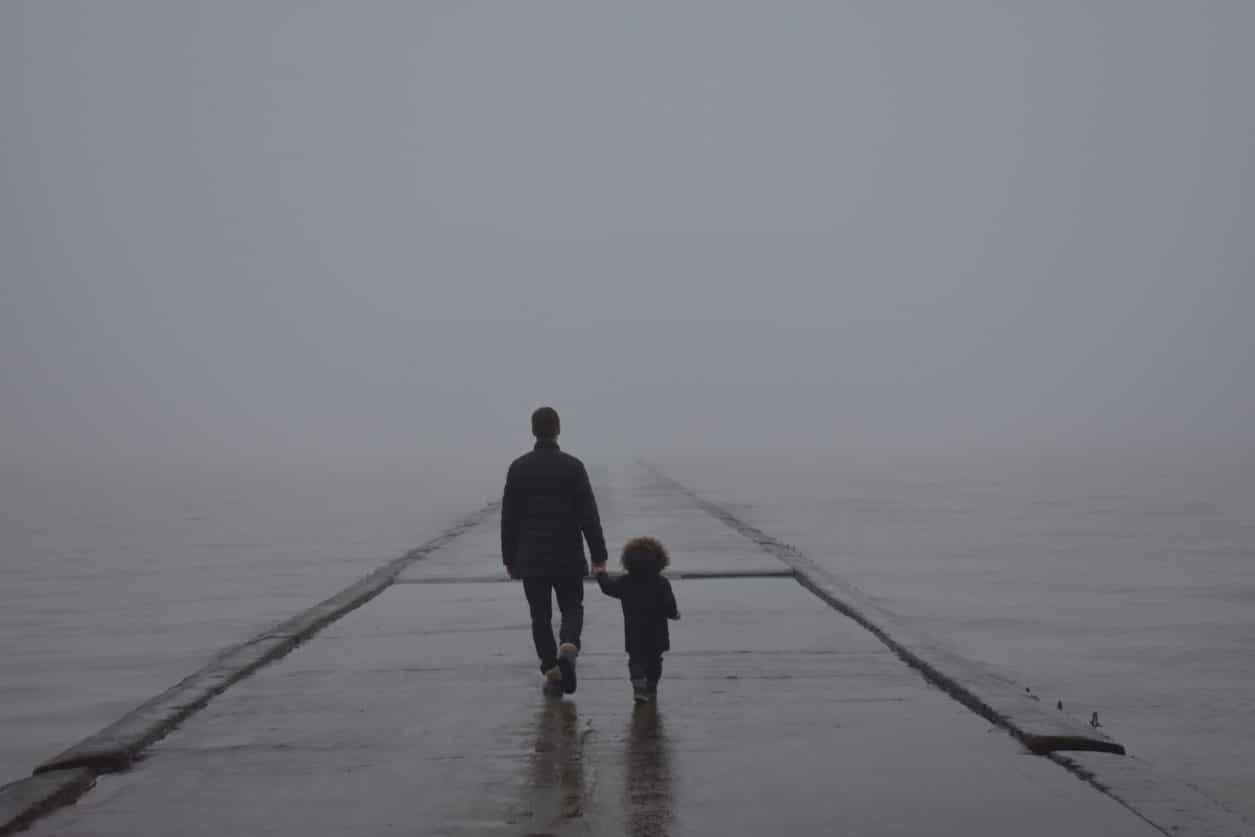Inner-child work is a powerful tool for healing from psychological trauma, dysfunctional patterns, and self-harming behaviors. The inner-child is not a literal child, it is a metaphorical “little you”. The part of your psyche that is still childlike, innocent, and full of wonder.
World-renowned psychologist Carl Jung is originated the “Divine Child” archetype, while Art therapist Lucia Capacchione initiated the movement toward “reparenting” our inner-child in the 1970s.
Family Systems Therapist Virginia Satir was known to conduct “parts parties” in her group sessions, which involved having each individual call forth their own inner-archetypes ranging from the inner-child, the mother, the judge, the scrooge and so on.
She recognized that human beings are multi-dimensional and discovered that by working with and integrating all of our unique parts, we can heal and deepen in self-awareness.

By connecting with our inner-child, we gain access to new information about our unhealed wounds, and the needs that may not have been met when we were actually children.
Then, “reparenting” becomes the process of meeting those needs and practicing self-care so we can operate in the world as happy, functional adults.
Susan Anderson, the author of the Journey from Abandonment to Healing explains the layers of inner-child work in 3 parts – the Inner-Child, the Outer-Child and the Adult Self. Her explanation is really helpful when we seek to understand our own coping mechanisms and behavior patterns on a deeper level. My descriptions for the inner and outer child are adapted from her work.
Below, I cover how to identify your inner and outer child, the wounded inner child and the integrated adult. Then, we move onto how to reconnect, nurture and heal the inner-child.

Inner-Child
The “little you” – tender, emotional. Your inner-child is the innocent part of you – all about feelings and your primal needs.
-
- Vulnerable and innocent
- Deep feeling and sensitivity
- Curious, creative and playful
- Craves love, recognition, and validation
- Desires connection and safety
- Open-minded
- Total in expression – be it anger, sadness, joy
Outer-Child
Responsible for self-defeating behaviors, self-sabotage. The outer child responds to the inner-child and can over-protect by acting out.
-
- Self-defeating behaviors
- Loss of control over behavior and reactions
- Uncalibrated in the expression of anger
- Impatient and impulsive
- Self-centered and focused on having needs met
- Sabotages your inner-growth and fights change
- Over-protects inner-child by pushing love away
Wounded Inner-Child
Response to emotional or psychological neglect.
-
- A deep-seated belief that you are broken.
- Fear of abandonment and loss of love.
- Insecure and low-self esteem.
- Loss of self in an attempt to gain approval from others.
- Fearful of setting boundaries or saying “no”.
- Seeking instant-gratification through substances, shopping, distraction, and procrastination.
Integrated Adult
When a healthy dialogue has formed between inner-child and adult self.
-
- Connected to body sensations and emotions.
- Can identify and clearly communicate emotions.
- Able to identify needs and make requests without anger or over-reaction.
- Remains true to self even in conflict.
- Self-honoring and able to set boundaries.
- Gives space to inner-child to have big feelings without shutting them down.
- Practices self-love and self-care.

How to Connect to Your Inner-Child
-
- Do a body-scan – tune into your physical sensations. Connecting to your inner child requires that you go inward, rather than seeking distraction in times of emotional intensity.
- Close your eyes and visualize “little you”, form a dialogue. Ask questions like “what are you feeling, what do you need right now?” If you want help with this, download my “Free Healing Your Inner Child Meditation here“
- Draw a picture, paint, or make art that reflects your inner-child.
- Write a letter to your inner-child.
- Use mantras like “you’re safe”, and “I am here to take care of you”.
- Practice setting boundaries and building healthy routines.
- Practice self-care and take care of yourself as if you are your own parent.
- Take time to feel your feelings, and then take action when you are calm, grounded and stable.

Inner-Child Journaling Prompts for Self-Forgiveness and Acceptance
Something I am judging/blaming/shaming myself over is:
I want to forgive myself so that I can feel:
When I made those choices in the past, I was coming from a place of (fill in the emotional experience you were having – fear, anxiety, insecurity) ___________.
I now know that I was doing the best I could with the tools I had, and I see that my inner child was in desperate need of ___________. Fill in the blank (safety, love, validation, reassurance, empathy, nurturance.)
As an adult, I am going to help nurture that need in my inner child by:
Choose up to 5 things you can do to meet that need.
Examples:
- Appreciate myself for 5 things each day
- Do a 5-10 minute meditation daily”
- Cook myself a healthy meal
- Take a walk in nature
- Setting up a virtual coffee date with a friend who I can trust with my heart
- Take a bath and listen to gentle music
- Have tea and journal
- Go to bed earlier
- Drink more water
- Take care of my priorities
- Honor my commitments
- Only commit to things that feel aligned for me
- Say no and set boundaries
If I were a loving parent speaking to an innocent child who was feeling guilty for what they had done, I would tell them:
I deserve that same forgiveness too, and I am proud of myself for:
3 things that I acknowledge myself for today are:
1.
2.
3.
My self-loving affirmation for today/tonight is going to be:
Examples of affirmation: (you can borrow one or write your own)
- I am unconditionally lovable.
- I am perfect just as I am.
- I’m allowed to make mistakes.
- My feelings are valid.
- My experiences are valid.
- I’m doing a beautiful job with my healing work.
- I am worthy of love and forgiveness.
- I am whole and complete.
- I am safe.
- I am whole.
- I am worthy.

